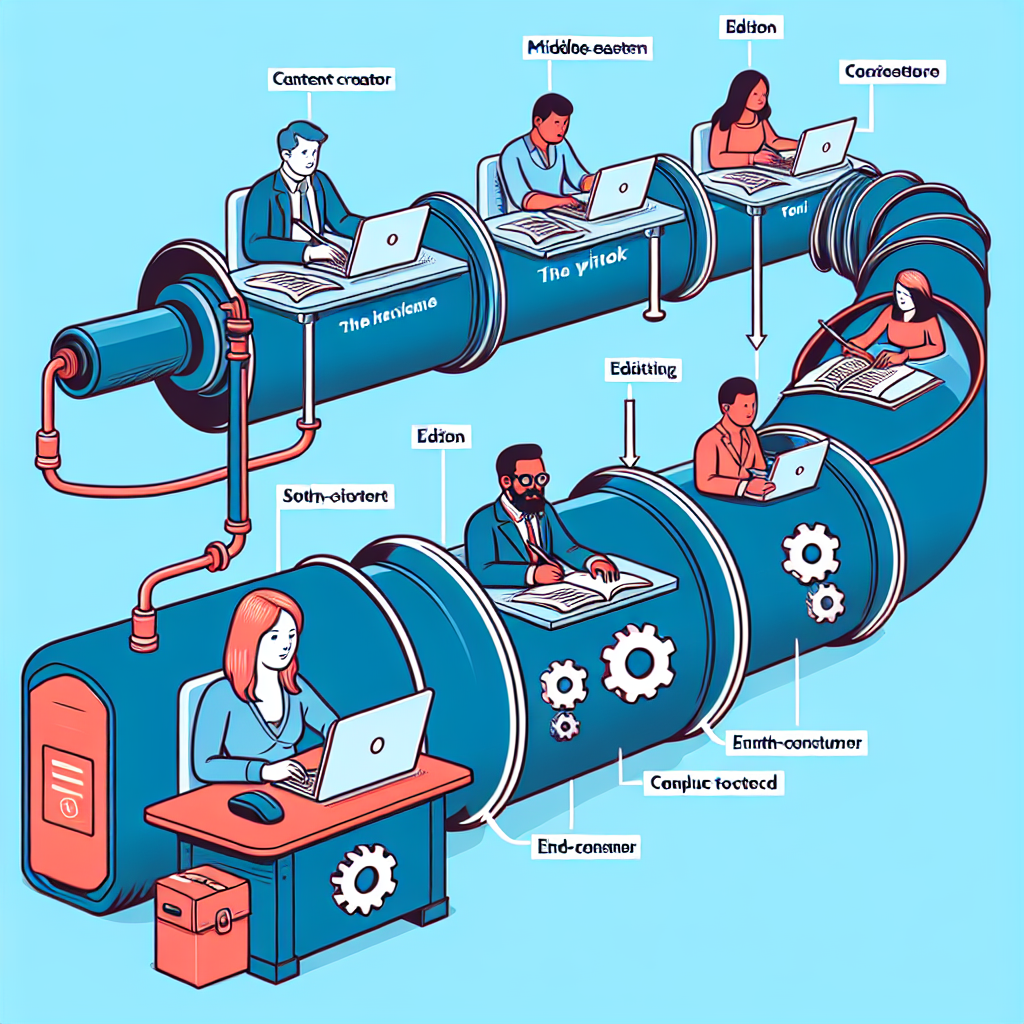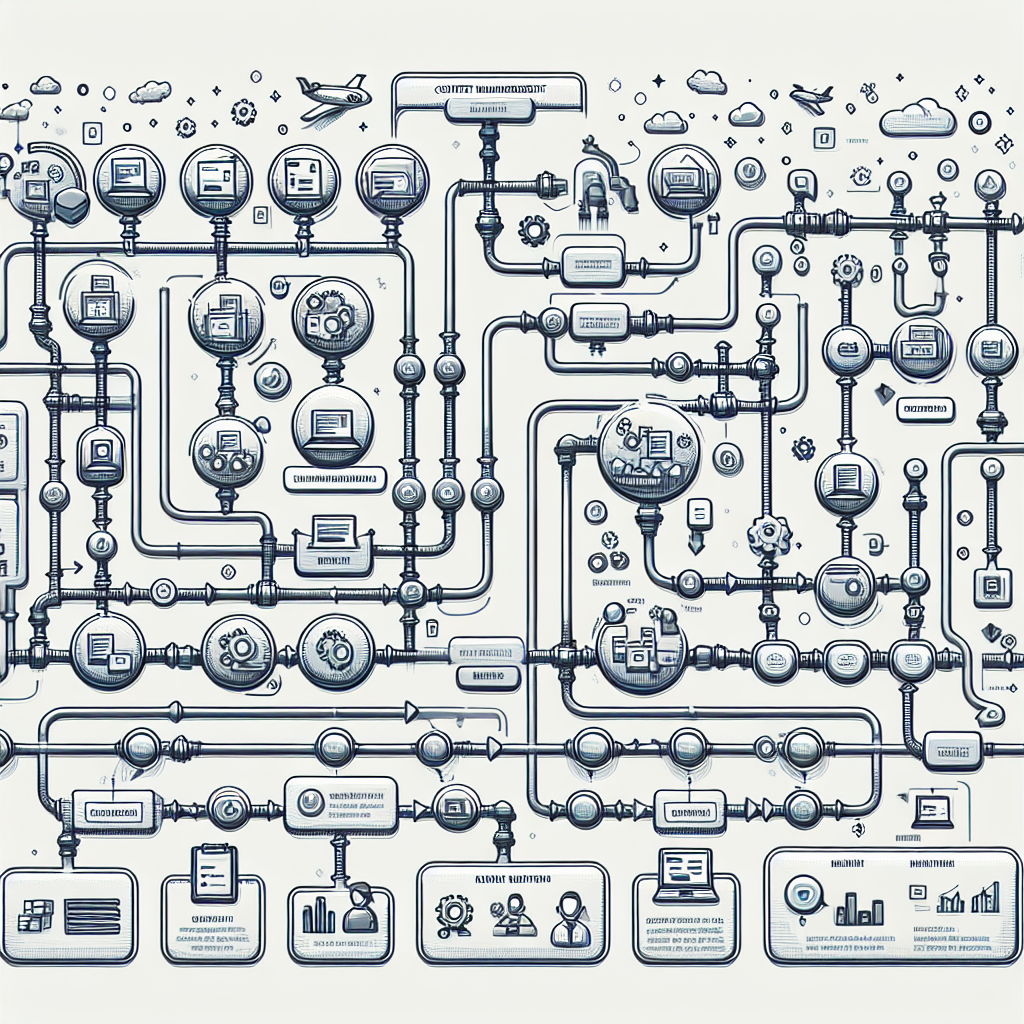Introduction
Creating a content marketing pipeline is crucial for businesses looking to streamline their content creation process and ensure a consistent flow of valuable content to their audience. This guide will take you through the steps necessary to build an effective content marketing pipeline, including planning, creation, distribution, and analysis of your content. Whether you’re a seasoned marketer or new to the field, this guide has you covered.
- Overview of content marketing pipeline creation.
- Prerequisites: Basic understanding of content marketing principles.
- Benefits: Increased efficiency, consistency, and effectiveness in content marketing efforts.
- Common challenges: Lack of organization, time management issues, and inconsistent content quality.
Step-by-Step Instructions
1. Planning Your Content
Begin by outlining your content strategy, identifying your target audience, and determining the goals you want to achieve.
- Conduct audience research to understand their preferences and pain points.
- Set specific, measurable, attainable, relevant, and time-bound (SMART) goals.
- Create a content calendar to schedule your content production and publication dates.
2. Content Creation
Develop high-quality content that resonates with your target audience and aligns with your marketing goals.
- Brainstorm content ideas based on your audience’s interests and industry trends. For tips on creating an efficient content pipeline, click here.
- Write compelling content that provides value and engages readers.
- Use visual elements like images, videos, and infographics to enhance your content.
- Optimize your content for SEO to increase its visibility in search engine results. For more on mastering content pipelines, read more.
3. Content Distribution
Distribute your content through various channels to reach your audience effectively.
- Share your content on social media platforms relevant to your audience.
- Utilize email marketing to send content directly to your subscribers.
- Collaborate with influencers or industry leaders to amplify your content’s reach.
- Submit your content to relevant industry websites or blogs for guest posting opportunities. For strategies on creating a competitive digital presence, find out more.
4. Content Analysis
Track and analyze the performance of your content to understand what works and what doesn’t.
- Use analytics tools to monitor key metrics such as traffic, engagement, and conversions.
- Identify top-performing content and analyze why it was successful.
- Adjust your content strategy based on insights gained from your analysis.
Conclusion
By following these steps, you’ll be able to create an efficient and effective content marketing pipeline that keeps your audience engaged and drives your business goals forward.
- Recap: Plan, Create, Distribute, Analyze.
- Benefits: Consistent content flow, better audience engagement, and improved marketing results.
For further reading, consider exploring advanced content marketing strategies, tools for content optimization, and case studies of successful content marketing campaigns. Maintaining your content marketing pipeline involves regular updates to your content calendar and continuous analysis of your content’s performance.
We encourage you to share your experiences or ask questions in the comments below. Apply the knowledge from this guide and see the impact on your content marketing efforts. Don’t forget to share this guide with others who might benefit from it!
Related Posts:
Efficient Content Creation Pipeline Guide (94.83% match)
Efficient Content Creation for Competitive Digital Presence (91.41% match)
Mastering Content Pipelines: Workflow Efficiency and Best Practices (90.04% match)









